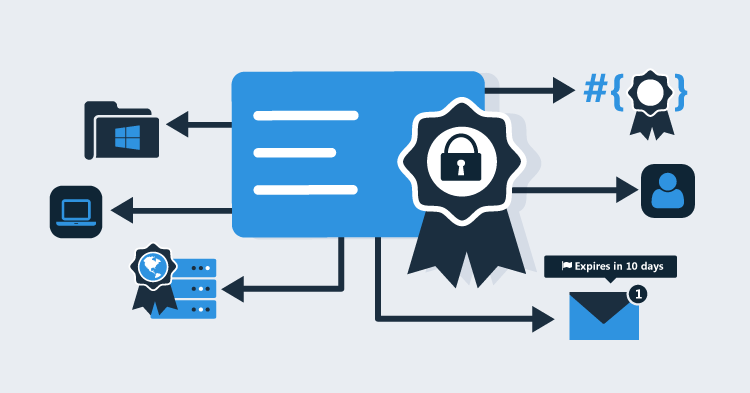When getting started with Octopus Deploy, it’s common for people to stumble over one of the first steps involved: packaging their applications as NuGet packages. To make it easier to create packages, we’ve implemented some big changes in OctoPack, our NuGet packaging helper, creating OctoPack version 2.0.
The biggest change is that we’ve now made it easier and simpler to invoke OctoPack. You simply run:
msbuild YourSolution.sln /t:Build /p:RunOctoPack=trueOctoPack will automatically package your application using only the relevant files (e.g., content files and binaries for web applications). This is a big improvement to OctoPack 1.0, since you no longer need to build each project independently (we’re building the solution above), and you don’t need to mess around with web application project publishing anymore - OctoPack takes care of it.
We also implemented a few other improvements:
- You don’t need to create NuSpec files anymore - if one doesn’t exist, we’ll automatically generate it
- You can add release notes from a file which we’ll include when packaging
- When uninstalling, we now remove the targets file
For more information on OctoPack 2.0, please view the readme. I’ll blog some examples of how to use OctoPack 2.0 with TeamCity and TFS, but until then I hope these changes make it easier for you to package your applications for Octopus. Happy deployments!




